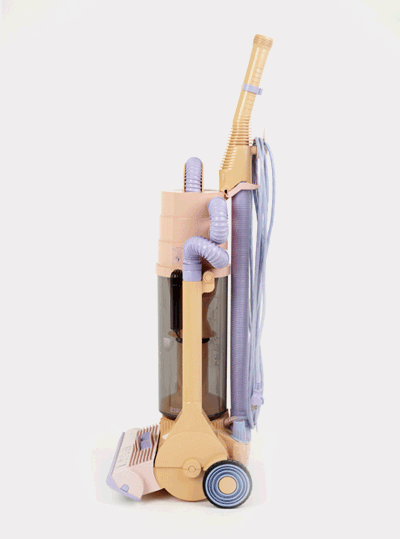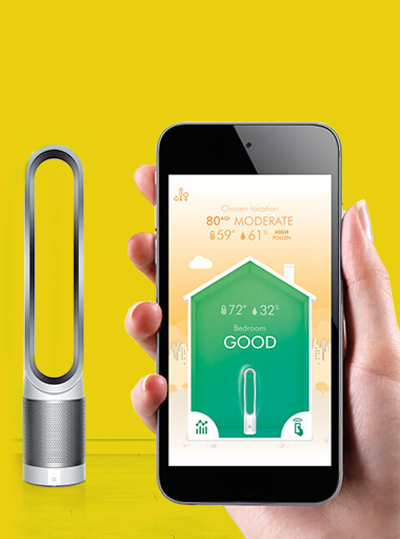July 26th, 2016 by




The story of Dyson goes back to 1978, when James Dyson became frustrated by his vacuum cleaner, which was supposedly the best on the market. The bag became clogged with dust, affecting the suction, and he decided to create a new one that used an industrial cyclone technique that he had previously seen. Using centrifugal force, his prototype design worked in separating out the dust from the air, and his first vacuum cleaner that we know today, was born.
This was not the first time he had designed things. In fact, his first invention was the Ballbarrow, which was a wheelbarrow with a ball instead of a wheel. For this he won the Building Design Innovation Award in 1977.
Between 1979 and 1984, Dyson made over 5,000 prototypes of his first vacuum cleaner. But he struggled to find any success, only selling about 500 units of the Kleeneze Rotork Cyclon in 1983.

Dyson's first major success came with the G-Force, which he sold in Japan in the late 1980s. This powerful vacuum started doing very well, even though each one cost $2,000. When it won the International Design Fair prize in Japan in 1991, Dyson knew he was onto something.



Using the royalties from the G-Force, Dyson set up Dyson Ltd and opened a research centre and factory in 1993 where he began working on a new vacuum. The idea was to create one that would capture even smaller dust particles, and the result was the DC01.
Success came quickly, and within 18 months, it became the biggest seller in the UK. Although Dyson is famous for its vacuum cleaners, it has since branched out into various product categories, including the Airblade hand dryers, bladeless fans and heaters.

The AirBlade Hand Dryer AB14 was released in 2009, and it claims to be the fastest way to dry your hands hygienically. It uses HEPA filtered air at up to 430mph air sheets, which scrapes the water from your hands like a windscreen wiper, drying your hands in 10 seconds.
The running costs are low, and it claims to be 69% lower running costs compared to standard hand dryers and 97% lower than paper towels. It also has a low eco-impact, reducing CO2 by up to 79% compared to standard hand dryers.



The AirBlade Hand Dryer Tap incorporates the same technology as the hand dryer into a tap, so you can wash your hands and dry them at the same time. There is no need to move to another drying area, providing more space in the washroom for other things, and it also boasts cheaper running costs than standard taps and dryers.

This is an air purifier that removes allergens from the air, and it claims to remove 99.95% of allergens and pollutants. It monitors the air and adjusts automatically, and it then links up to a mobile app. It also cools the air on warm days.



This cooling fan was released in October 2009, and it consists of an ingenious bladeless fan. No external blades are visible on the fan, and instead they are concealed inside the body, but it still manages to produce a lot of power.

Dyson continues to go from strength to strength. With 1,000 engineers around the world, and its machines sold in over 65 countries, it has come a long way since its early days, and through its focus on constant innovation and excellent design, it will surely be coming out with many more amazing products in the years ahead.

Comments
Leave a reply
Your e-mail address will not be published. All fields are required


